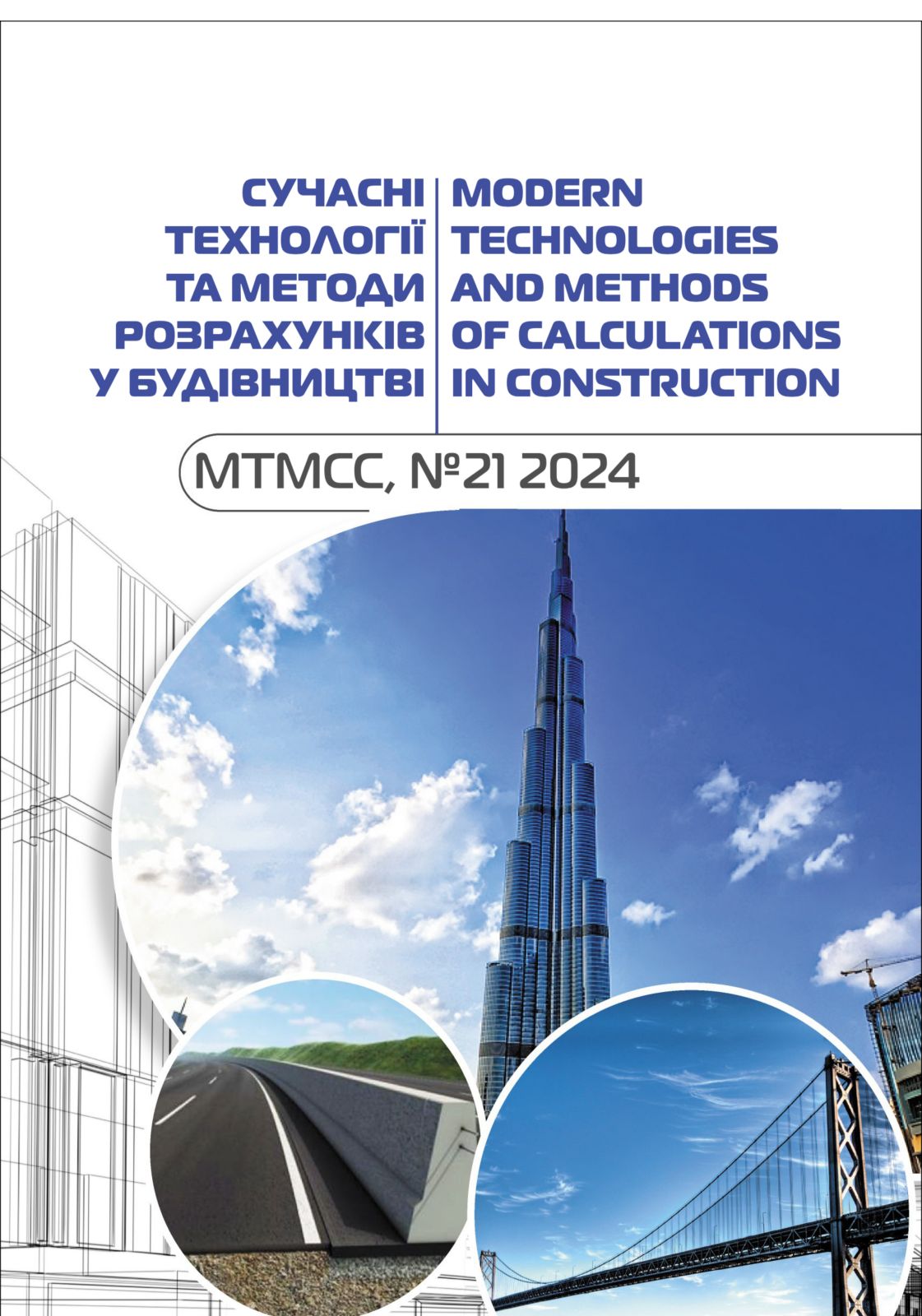Assessment of the efficiency of designing the compositions of concrete mixtures using alternative aggregates from the natural resources of the carpathian region
Abstract
Today, the Precarpathian region has significant reserves of natural materials that can be used as alternative aggregates for concrete. These include a variety of rocks (limestone, sandstone, shale), gravel and sand deposits from rivers, etc. The obvious advantages of using local natural resources are cost savings on aggregate transportation and the possibility of developing new deposits, which will contribute to the development of local industry. In the study, four concrete mixtures were designed. The compositions for two mixtures were designed using traditional coarse aggregate (granite crushed stone) for the production of high-strength concrete. Two more mixtures were designed using alternative aggregates obtained from the natural resources of the Precarpathian region (crushed stone from dense sedimentary rocks). The main objective of the study was to obtain concrete mixtures with mobility S4 for the manufacture of concrete stone of strength class C32/40. The absolute volume method was used to develop the mixture formulation, with the calculations for each mixture being refined by performing trial batches. To ensure the required physical and mechanical characteristics of concrete, the mixtures were supplemented with an optimal dose of a complex modifier based on carboxyl-containing polymers. The physical and mechanical characteristics of different types of aggregates were carefully determined and the influence of these characteristics on the behavior of the concrete mix and the properties of the hardened concrete was evaluated. For each type of aggregate, a series of concrete mixtures were prepared with different dosages of carboxyl-containing modifiers. Using the methods of current regulatory documents, the mobility of the manufactured mixtures and the strength of the hardened samples were determined. The analysis of the experimental results confirmed the possibility of manufacturing high-strength concrete classes based on alternative aggregates from the natural resources of the Precarpathian region using a complex additive based on polycarboxylates.








